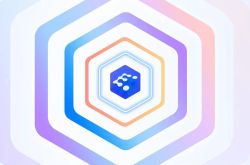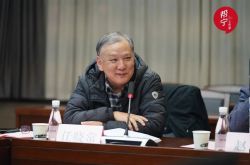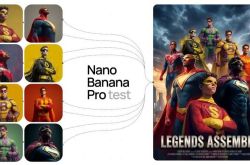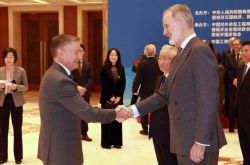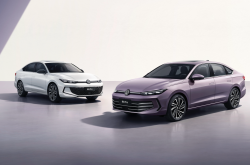Nano Banana Pro Reigns Supreme Once More! 9 Unconventional Usage Methods Unveiled
![]() 11/26 2025
11/26 2025
![]() 436
436
This isn't merely about "enhanced image output"—it's ushering AI image generation into a groundbreaking new era.
The Nano Banana Pro image model (built upon the foundation of Gemini 3 Pro Image), a paragon of consistency, has only been released for 20 hours, while human creators are still fumbling at the "just scratching the surface" stage.
This time around, Silicon-based Guy has meticulously curated over 10 of the most potent, entertaining, and instantly captivating unconventional play methods. These come complete with prompts and effect examples. Simply follow the lead and soar to new heights.
These innovative play methods are the brainchild of a diverse group of AI creators, designers, animators, engineers, and brand managers. Their collective enthusiasm and creativity have far outpaced the model's output speed—humans are struggling to keep up.
Without further ado, let's dive in.
/ 01 /
From Poster Creation to Comic Book Artistry—Seamless Professional Outputs with a Single Click
The Nano Banana Pro's prowess lies in its ability to lock onto a single individual. Regardless of the number of frames or angles, it maintains a consistent face, lighting, and style. No more chaos, no more collapses, and no more abrupt "head swaps."
This image perfectly encapsulates the power of Nano Banana Pro. On the left, nine superheroes are captured individually, each with distinct lighting and styles, resembling a "character material collage."
Now, feast your eyes on the final output on the right. Suddenly, all the heroes stand united in a cohesive universe, with harmonious colors, synchronized lighting, aligned auras, and even an automatic judgment of "who looks like the protagonist." It appears flawless.

▲【Prompt 1】Craft a professional Hollywood blockbuster poster showcasing 8 superheroes in a dynamic group arrangement with depth layers (central hero in the foreground, others distributed at varying depths), utilizing a dramatic worm's-eye view, paired with an epic backdrop and cinematic lighting.
Beyond merging disparate images into a poster, Nano Banana Pro offers a plethora of possibilities.
Animation characters can seamlessly transition into real-life styles; real-life characters can be transformed into animation styles. Even having real people and cartoon characters pose together in a photo, Nano Banana Pro ensures a natural framing without any inconsistencies.
It automatically unifies lighting and blends different styles into a cohesive space. Feed it two entirely different worlds, and it processes them into a single, breathtaking shot.
【Prompt Template 2】Generate characters A and B in the same scene with unified studio lighting, resembling an authentic group photo.

▲【Prompt】Capture a 9:16 vertical fisheye selfie featuring a hyper-realistic female alongside Doraemon, Naruto, Nobita, Gojo Satoru, and Pokémon trainer Satoshi, all beaming with exaggerated, humorous expressions. The setting is a bright, white-toned living room. Shot from a high angle with extreme fisheye lens effects. Animation characters blend seamlessly with cinematic lighting and stylized realism.
Nano Banana Pro can also effortlessly continue comic book drawings. Simply upload a base character, and all subsequent pages will maintain the same face and features with unwavering continuity.
【Prompt Template 3】Envision the content of a black-and-white manga page in a Japanese romantic comedy style. Based on this image, infer the story's progression and describe it as if it were a genuine manga page.
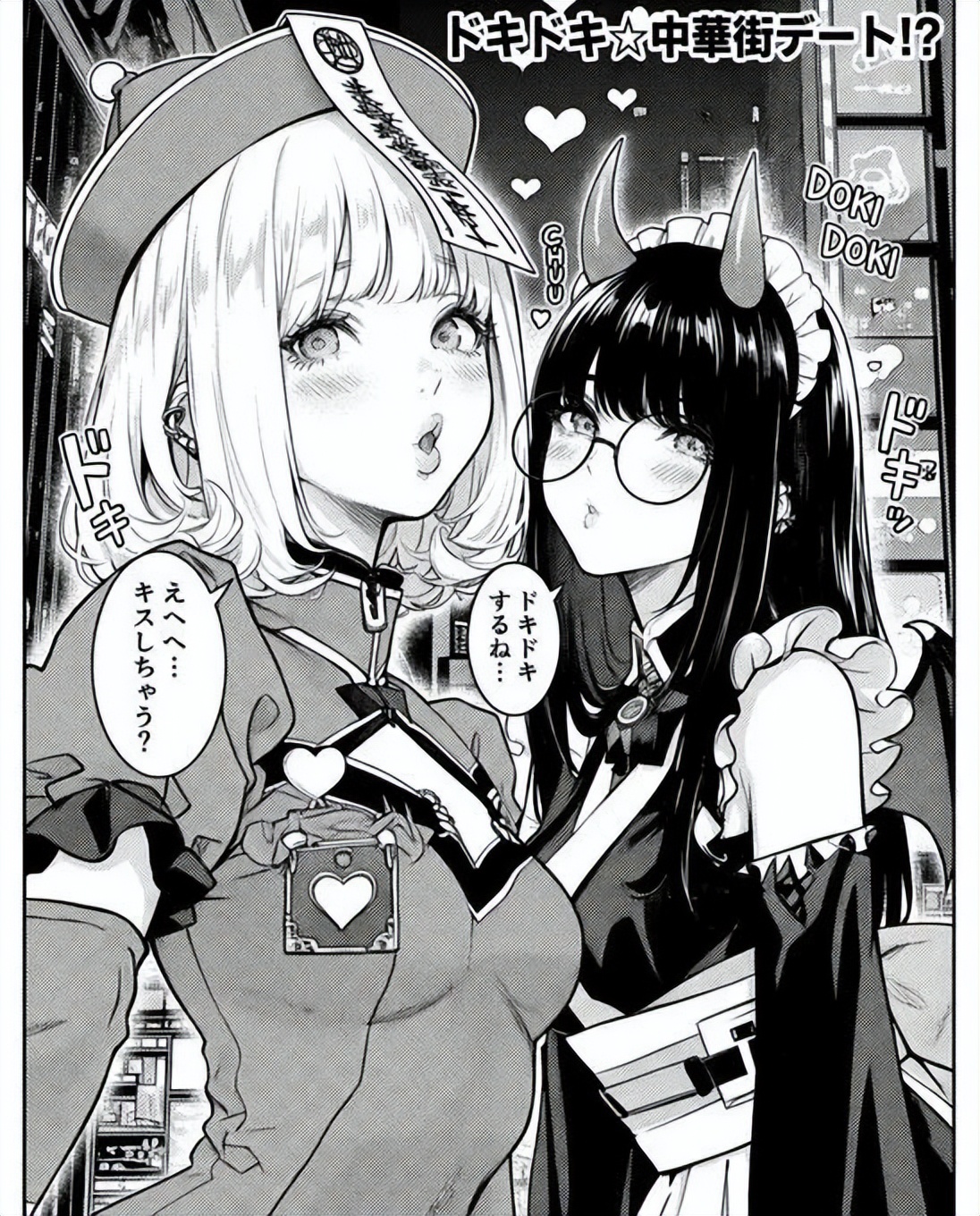
Style transfer is equally stable, enabling the conversion of simple-line emojis or American comics into more realistic images.
【Prompt Template 4】Maintain the character's pose and facial features while converting to a realistic style with bolder lines, softer hues, and brighter lighting.

/ 02 /
Grasps Information, Illustrates Structures
Another pivotal ability of Nano Banana Pro is its capacity to comprehend information and generate reverse visualizations. It doesn't merely "see" images and text—it processes intricate materials such as lengthy articles, PDFs, papers, and blueprints, extracting structures, causal relationships, workflows, and key data, then re-presenting them through images, layouts, or even animations.
In essence, this time it's not just about "being able to draw" but "being able to understand and then draw."
In the past, we relied on humans for "reading + understanding + designing visualizations." Now, Nano Banana Pro approaches professional-level proficiency in reading, understanding, and visualizing, far surpassing human speed and consistency.
Here's the workflow: First, gather input text and images. For text, utilize papers, lengthy articles, financial reports, or tutorial scripts—preferably the original or key paragraphs. For images, employ sketches, blueprints, or process screenshots (up to 6 crucial images).
Next, specify the target format. Inform the model of your desired output type, such as infographic/whiteboard diagram/magazine spread/teaching storyboard/3D render. If feasible, include structural requirements, such as listing 3 key conclusions, 5 metrics, or a 6-step process.
Employ prompt templates to activate it:
Lengthy texts can also directly generate magazine spreads. Hand it a pure text draft, and it automatically transforms into a genuine magazine layout complete with titles, images, quotes, and hierarchical typesetting (typography) akin to an editor's work. The speed is astonishing, with an exceptionally clear structure and high consistency.
【Prompt Template 5】Transform the following text into a magazine spread: incorporate a main title, subtitle, a centered image, two body paragraphs, two quotes, and automatically generate illustrated explanations for 3 key visual points. The style should be that of a modern tech magazine, 16:9 horizontal.

You can also convert paper content directly into a whiteboard-style mind map. For instance, if you've read a paper on T4 lysozyme mutant structure and thermodynamic stability, simply provide Nano Banana Pro with the abstract or key paragraphs, and it will dissect the complex information into a "whiteboard-style" knowledge graph—redrawing structural relationships, key mechanisms, and causal chains.
【Prompt Template 6】Read the following paper abstract/methods/conclusion (attach PDF or text). Extract and draw a whiteboard-style knowledge graph: include the experimental process (5 time-ordered steps), key variables, conclusion relationship arrows, and three visual annotations (one sentence each). Output as a horizontal diagram suitable for slides.
From artistic paintings or design sketches to realistic photos, Nano Banana Pro excels. It first comprehends the blueprint, grasping key information such as structure, proportions, materials, and spatial relationships, then renders the scene with all details filled in.
The same applies to UI, architecture, and industrial design. It accurately deciphers intentions, layouts, and functional positions from sketches, then presents the final image with realistic textures, lighting, and material effects. Sketches evolve from mere concepts to "realized" masterpieces.
【Prompt Template 7】Read the uploaded design sketch (including plan views and material notes) and convert it into a realistic 3D render, preserving dimensions and key material details (wood grain, metal, glass) from a 45° angled view with natural light and soft shadows.

For lengthy documents like financial reports, Nano Banana Pro can directly generate infographics.
【Prompt Template 8】Read NVIDIA's Q3 financial report PDF, extract revenue, gross margin, year-over-year growth, main revenue sources, and risk warnings, then generate an infographic: a large line chart on the left depicting revenue trends, five key points with simple icons on the right, and a one-sentence "conclusion" at the bottom.
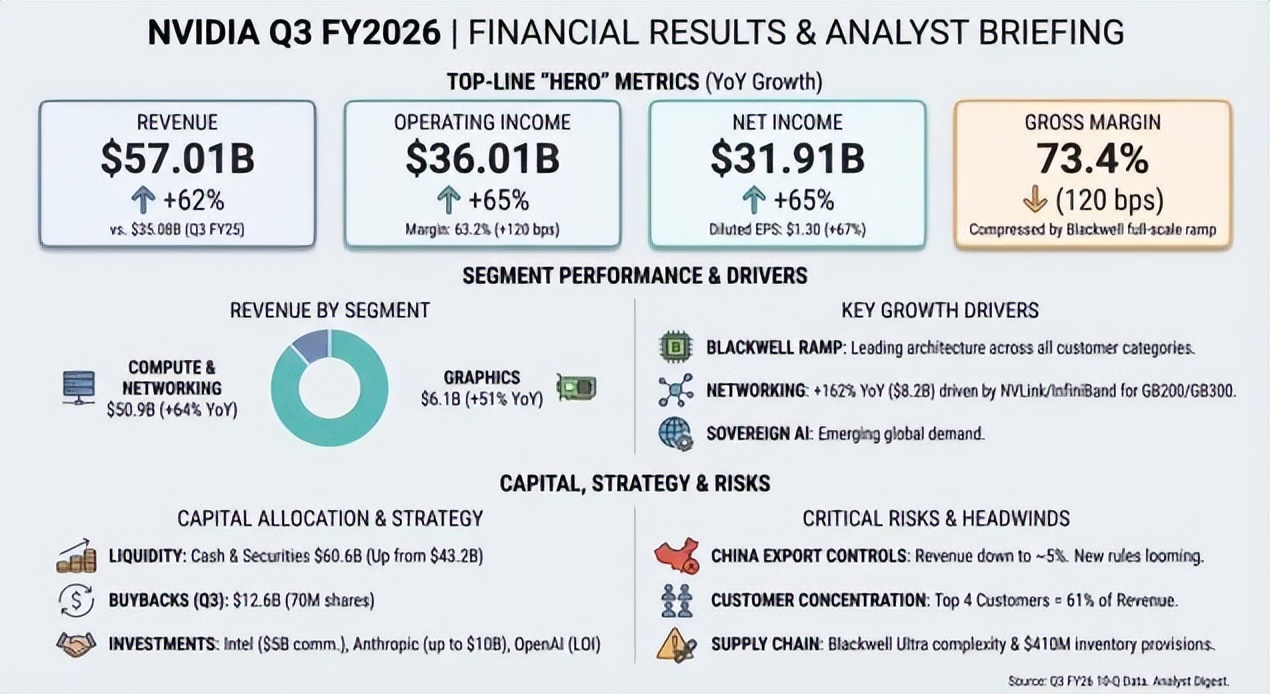
Teaching storyboards/video scripts. Nano Banana Pro can handle advanced text rendering and infographic generation, integrating world knowledge and Google searches. It will soon support 4K ultra-HD output with enhanced compositing, accepting up to 6 input images.
【Prompt Template 9】Divide the following teaching text into 6 storyboards: specify visual elements, narration points, and key data or illustrations to display for each, output as a 16:9 storyboard table ready for video production teams.

▲【Prompt】Illustrate a schematic depicting T-cell activation and the complete signal cascade, describing only interactions and signal displays.
Overall, the release of Nano Banana Pro signifies that AI-generated images have truly entered the "professional output" era.
It directly generates ad-level outputs, with optimized copywriting (copywriting), typesetting (typography), lighting, and composition, shedding the toy-like AI image aesthetic of the past.
One image can now meet business needs, delivering realistic, high-end, and directly usable results—no wonder it went viral so swiftly.
Text/Lang Lang

